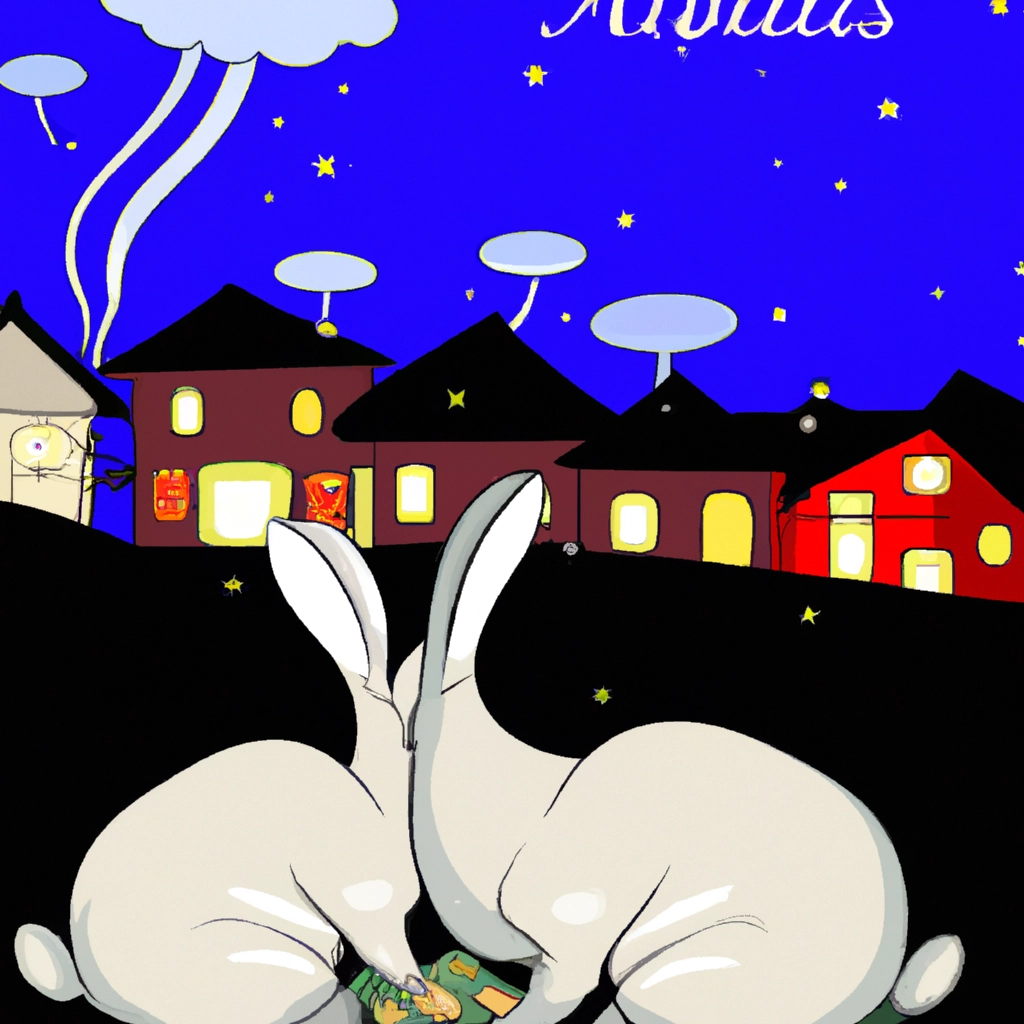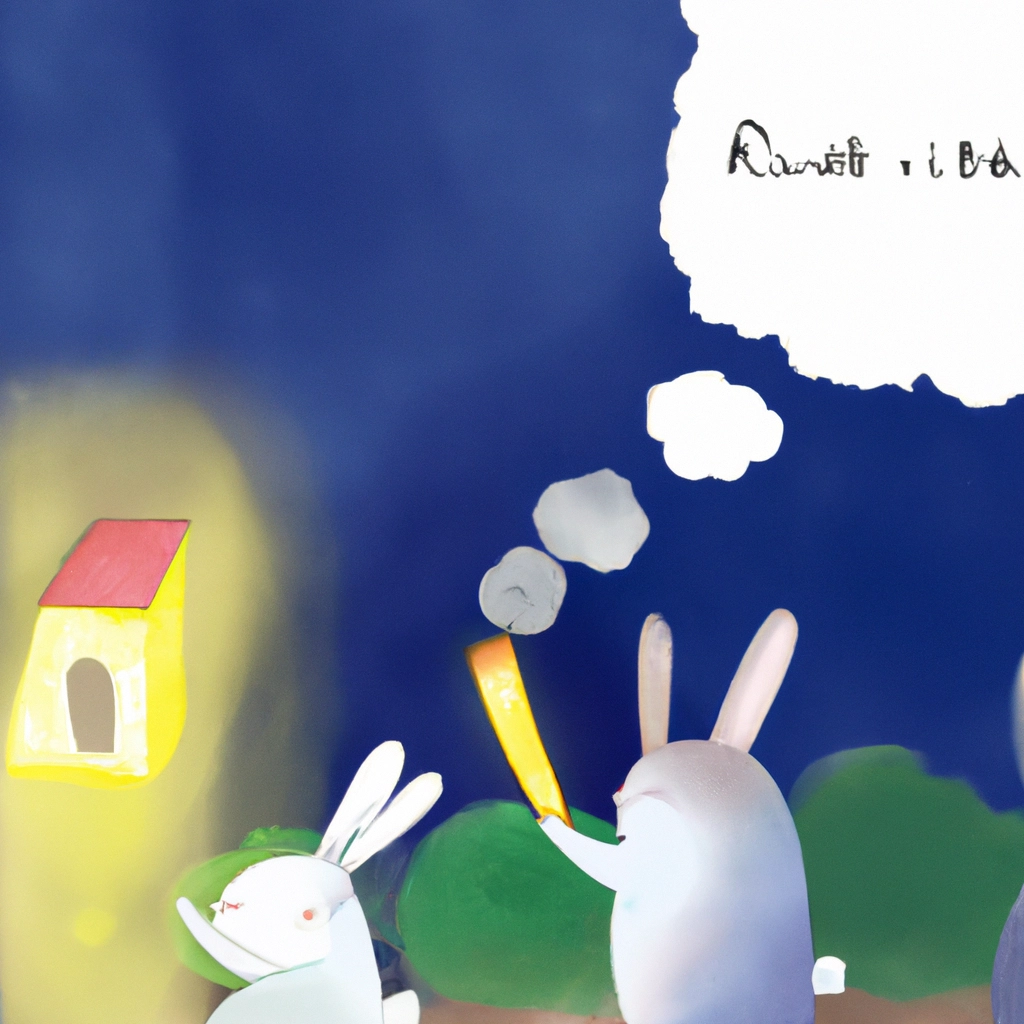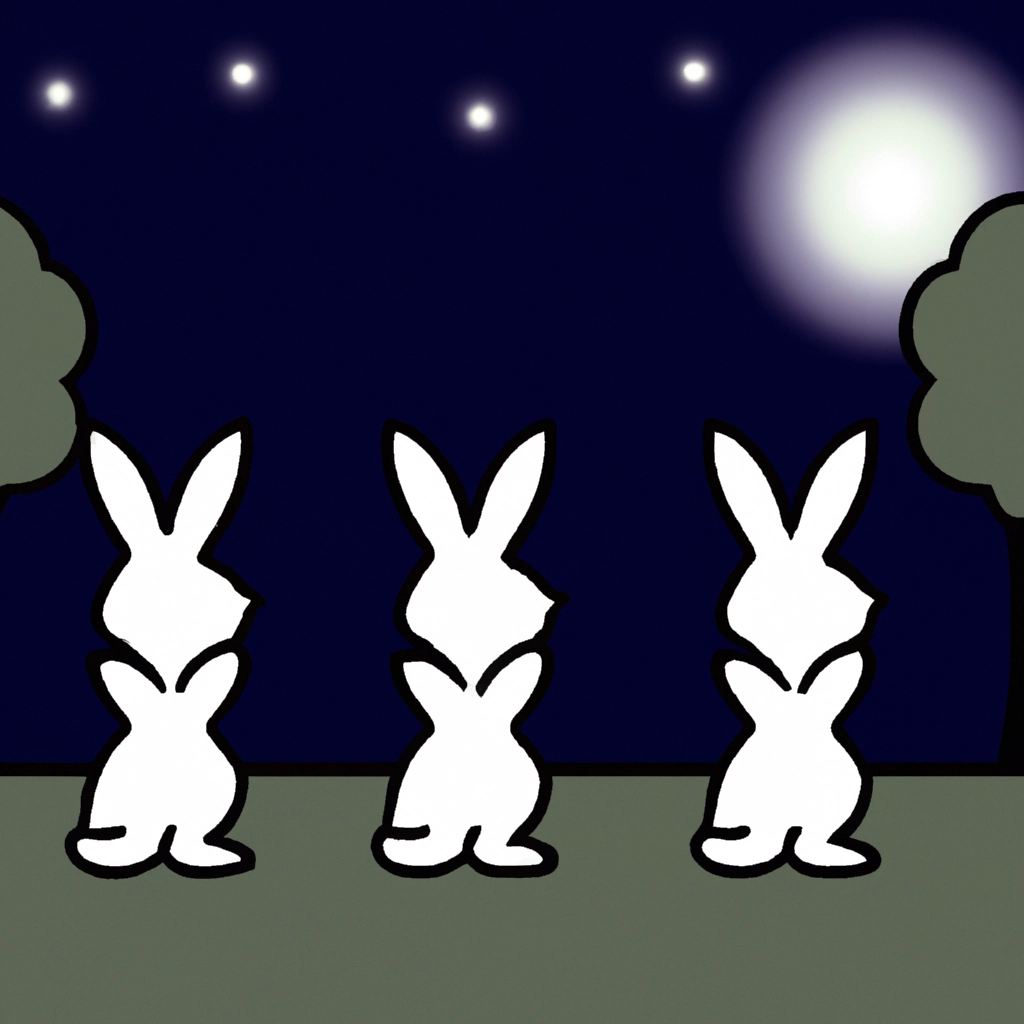| Activity | Description |
|---|---|
| Feeding | Rabbits are crepuscular, meaning they are most active during dawn and dusk. They often feed at night to avoid predators. |
| Mating | Rabbits are more active in mating during the night, as it provides some protection from predators. |
| Exploring | Rabbits may explore their surroundings more at night when there are fewer disturbances and distractions. |
| Grooming | Rabbits are known to groom themselves and others at night, which helps in maintaining hygiene and social bonds. |
| Resting | Rabbits also rest and sleep during the night, taking short naps and keeping an eye out for potential threats. |
When the sun goes down and we tuck ourselves in, a fluffy bunch of furballs are just starting their day—or should I say night? Yes, I’m talking about our hoppy little friends—the rabbits! As creatures that are mostly crepuscular and nocturnal, they have a whole different world when we hit the lights off. There’s this one time, right in my backyard, when the moon was just a sliver in the sky, I spotted a rabbit. It seemed to be having its own little party under the stars.
The night does not silence these energetic beings; in fact, it brings out an intriguing side of their existence that many of us rarely witness. From the twitch of their noses to the subtle sounds of munching, the after-dark is a lively time for these creatures. Let’s dig into the shadowy and mysterious world of rabbits after dusk and discover just what keeps them hopping through the moonlit hours.
Nocturnal Behavior of Rabbits
Rabbits, often seen lazily lounging during the day, transform as twilight sets in. They are built to thrive when light is scarce, with eyes that make the most of the faintest glimmer. In the rolling fields and wooded edges where they make their home, rabbits carry out their own nightly routines. It’s quite the spectacle, if you ever get the chance to observe from a quiet corner as the evening unfolds.
Through bushes and brambles, they’ll go hopping, exploiting their exceptional night vision. It was on one such as dusk settled that I lay in wait, watching how these furry acrobats navigate through the twilight with such precision. And let me tell you, there’s nothing quite as captivating as watching rabbits confidently dash and dart under the celestial tapestry.
It’s not all fun and games, though. Nocturnal life for rabbits is also about survival, staying out of sight, and softly treading paths worn familiar by nightly patrols. Here’s a glimpse into that: I once saw a rabbit perched so still, it was almost one with the night, ears tuned to every whisper of the wild, a living testament to the adaptability of these fascinating creatures.
Feeding Habits
As night blankets the sky, a rabbit’s thoughts turn—understandably—to food. That’s when the feast begins; there’s no formal attire required, just an appetite for fresh greens. The cool of the night gives them the perfect cover to forage far and wide without drawing much attention. I’ve spent countless dusks admiring their little nibbling sessions, as they mow down on dewy grasses and plants.
Rabbits aren’t picky when night falls; they’ll munch on a variety of leafy greens and fibrous shoots that sparkle under the stars. Yet, it’s not just about what they eat but how they eat which fascinates me. Quiet, swift, and ever vigilant, they embody the essence of the phrase ‘eat and run.’ My nightscapes often involve watching these little ones in the moon glow, grazing in a tranquil yet hurried manner.
Even though they’re primarily feeding, they’re always mindful of their surroundings. In a moment’s notice, they can switch from peaceful grazers to sprinting shadows, all part of the nocturnal dance they perform so well. Imagine spending an evening witnessing such a dynamic dining experience—it’s nothing short of mesmerizing.
Social Interaction
Contrary to what some might think, night time is not just about survival and sustenance for rabbits but also about socializing. When the stars come out, so do the binkies and frolics that signify a happy rabbit. I’ve chuckled more than once watching rabbits perform their little leaps and bounds, a clear sign of their contentment under the moonlit sky.
In their darkened world, rabbits communicate in ways that go beyond our understanding. I remember this one time; a group seemed to be exchanging some sort of secret messages through subtle nudges and nose bumps. This wasn’t just happenstance; it was intentional, meaningful interaction that offered a peek into their complex social hierarchy.
The interactions they share help strengthen their bonds and ensure the group’s safety. Observing them engage with each other is like being privy to an exclusive event, where every hop and ear flick is part of a delicate social orchestra played out in the silvery darkness.
Predation and Safety Precautions
With their heightened senses, rabbits are always on high alert once night descends. Predators lurk in the shadows, making each nibble a calculated risk. I always ensure my garden is a safe haven for these nocturnal munchers, free from the prying eyes of any would-be predators. It’s my way of offering them a little peace in the perilous night.
Their survival tactics are something to behold. Staying close to cover, using the same paths, and a strong reliance on their keen hearing and smell allow rabbits to navigate the treacherous terrain of the night. On a quiet evening, I’ve watched from my window as a rabbit froze mid-snack, turned those long ears to the sky, and bolted like a shot. It’s these razor-sharp instincts that keep them one hop ahead of danger.
While it’s a game of cat and mouse—or should I say fox and rabbit—the latter has evolved splendidly to ensure each night is not their last. Witnessing their elaborate evasion strategies gives one a deep appreciation for the fine line they walk between feeding and fleeing.
Conclusion
So, what do our bounding friends actually do when the curtains close on the daytime stage? They live, and they live vibrantly. From foraging to frolicking and outfoxing predators, rabbits are the true maestros of moonlight. Reflecting on those nights spent in their company, I can’t help but be enchanted by their silent symphonies played out in darkness.
These experiences shed light on the true beauty of creatures like rabbits, which thrive under the radar of our usual eight-to-five lives. I urge you, on a clear night, take a moment to peek outside. You might just get a glimpse of these nocturnal wonders living out loud, under the same stars we wish upon.
And let’s not forget to cherish the wild nightlife that exists just beyond our doorsteps. May we all be inspired to keep our ears perked and eyes peeled for the delightful secrets that the night brings forth.
Frequently Asked Question
-
What are some common nocturnal behaviors of rabbits?
Rabbits are known for being crepuscular, which means they are most active during dawn and dusk. Some common nocturnal behaviors of rabbits include foraging for food, grooming, and engaging in social interactions with their fellow rabbits. They may also exhibit playful behavior such as running and jumping, particularly in the evening hours. Additionally, rabbits are known to be vigilant and alert during the night, using their keen senses to detect potential predators while they are most active.
It is important to provide rabbits with a safe and enriched environment that allows them to engage in these natural nocturnal behaviors. This includes providing ample space for them to run and play, as well as access to a variety of toys and objects for mental stimulation. By understanding and accommodating their natural behaviors, rabbit owners can ensure that their pets remain happy and healthy.



